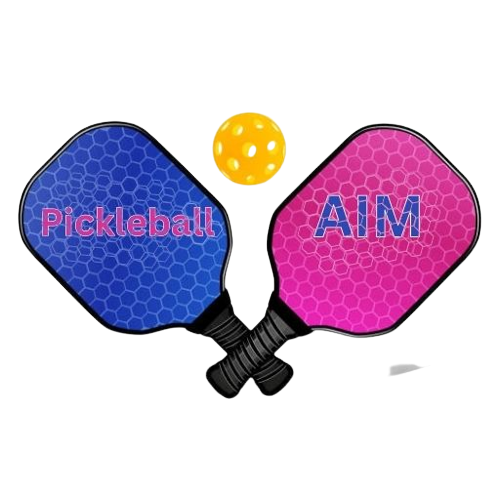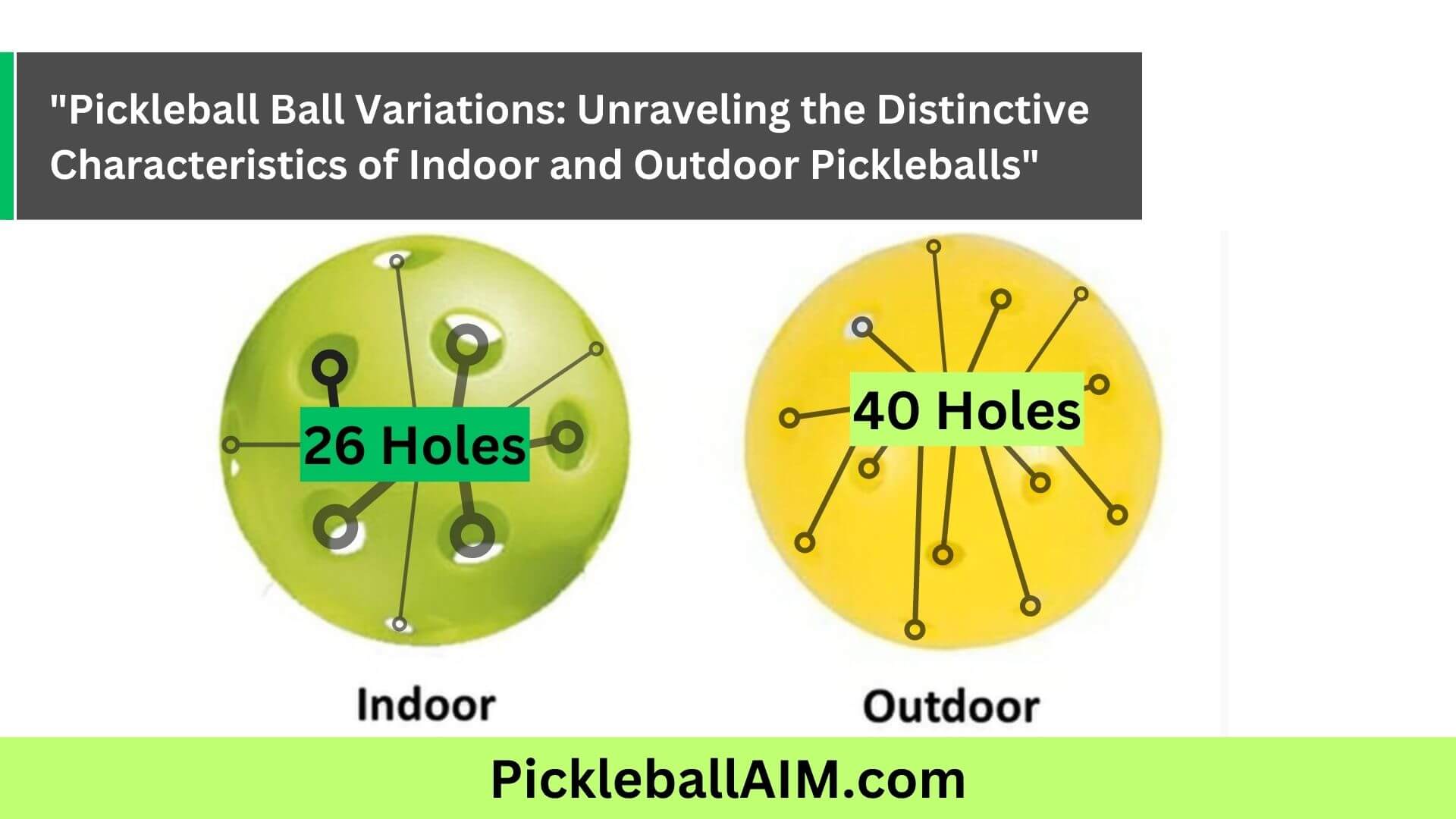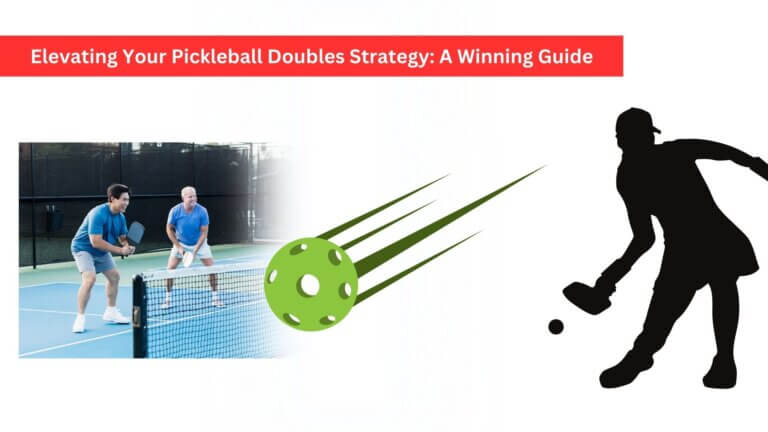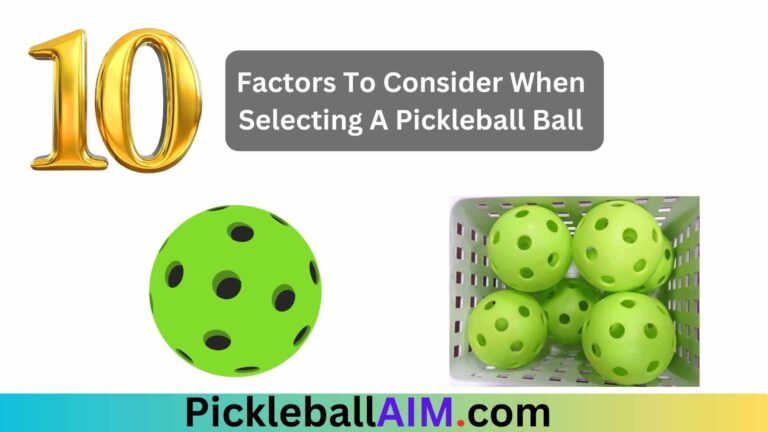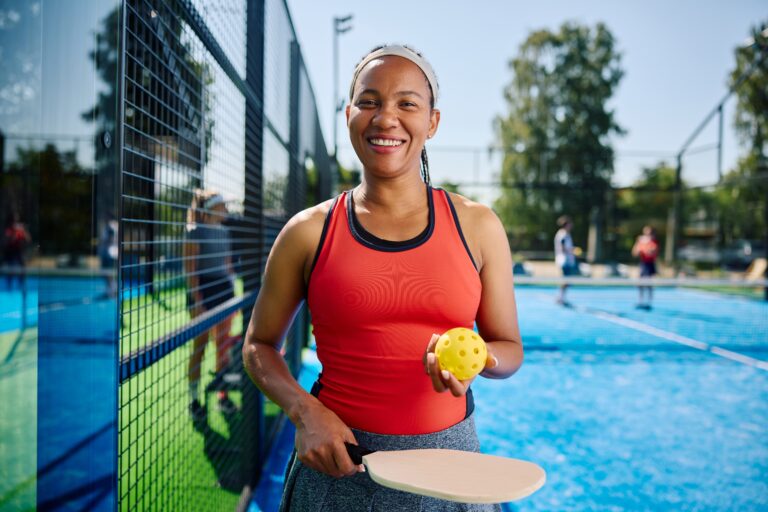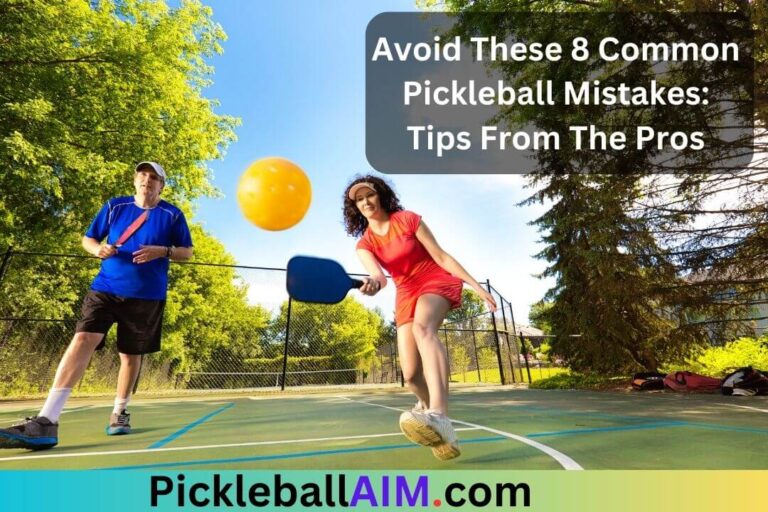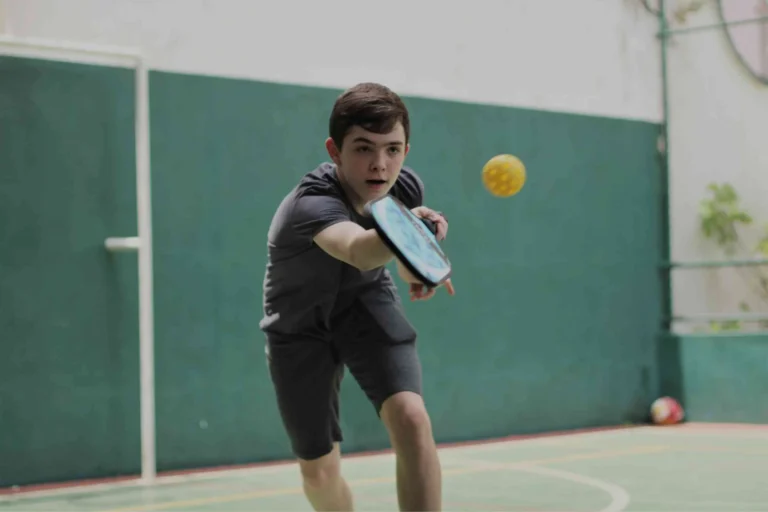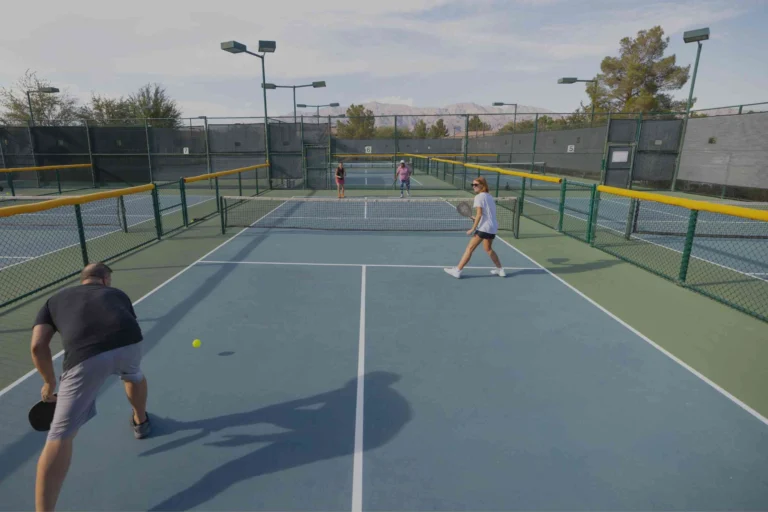Pickleball Ball Variations: Unraveling the Distinctive Characteristics of Indoor and Outdoor Pickleballs
Pickleball, a sport known for its blend of tennis, badminton, and ping-pong elements, has been gaining immense popularity worldwide. Whether played indoors or outdoors, the game offers hours of fun, fitness, and friendly competition. However, one crucial aspect that players must consider is the type of ball used for indoor and outdoor play. Indoor and outdoor pickleballs have distinctive characteristics that influence gameplay, bounce, and overall performance on different surfaces. In this article, we will delve into the variations between indoor and outdoor pickleballs, helping players understand the unique attributes of each ball and optimize their game experience based on the playing environment.
1. Material Composition
The primary difference between indoor and outdoor pickleballs lies in their material composition. Indoor balls are made of a softer plastic material1[“Softer plastic material” refers to a type of plastic that has a more flexible and yielding texture compared to harder plastics.], providing a quieter and slower gameplay experience. These balls are designed to be gentle on indoor court surfaces like wood or tile and reduce noise, making them suitable for venues with noise restrictions or shared spaces.
Outdoor pickleballs, on the other hand, are made of a harder and more durable plastic material. This sturdier construction allows them to withstand the rougher outdoor playing conditions, including exposure to various weather elements such as heat, wind, and humidity. The harder material also enhances their durability, preventing wear and tear during extended outdoor play.
2. Hole Pattern and Size
Another notable difference between indoor and outdoor pickleballs is the hole pattern and size. Indoor balls typically have larger and more evenly spaced holes compared to outdoor balls. The larger holes contribute to a slower ball speed and a more controlled flight path, which is well-suited for indoor play.
Outdoor balls feature smaller and less evenly spaced holes. This design creates a faster ball speed, making it easier to play against outdoor elements like wind. The reduced wind resistance helps outdoor pickleballs maintain a consistent trajectory and minimizes the impact of unpredictable weather conditions.
3. Bounce and Surface Interaction
The contrasting material compositions of indoor and outdoor pickleballs result in variations in their bounce and surface interaction. Indoor balls have a lower bounce and tend to grip the indoor court surface slightly, which can affect shot trajectory and control. This characteristic is intentional to promote a more controlled and strategic gameplay style indoors.
Outdoor balls, being harder and more durable, exhibit a higher bounce rate. They are less likely to grip the outdoor court surface, allowing for smoother movement and a quicker game pace. The enhanced bounce is advantageous for outdoor play, where players often face uneven surfaces like concrete or asphalt.
4. Sound Level
Due to their softer material, indoor pickleballs produce a quieter sound when they come into contact with paddles and the court surface. This reduced noise level makes indoor balls preferable for locations with noise restrictions, such as community centers or gyms.
Outdoor pickleballs, being made of harder plastic, produce a louder sound during play. This feature may not be as suitable for noise-sensitive environments but is preferred outdoors, where players benefit from audible cues to react quickly to shots and game situations.
5. Wind Resistance
One of the significant challenges in outdoor pickleball is dealing with wind interference. Outdoor pickleballs, with their smaller and less evenly spaced holes, offer better wind resistance compared to indoor balls. The reduced wind drag helps outdoor balls maintain a more predictable flight path and minimizes the impact of gusts on gameplay.
6. Temperature Sensitivity
Indoor and outdoor pickleballs also differ in their sensitivity to temperature changes. Indoor balls are less affected by temperature variations since they are typically played in climate-controlled environments. The softer plastic used in indoor balls maintains its consistency in temperature, resulting in a more predictable bounce and play regardless of the indoor climate.
Outdoor pickleballs, however, are more sensitive to temperature changes. Extreme heat or cold can impact the hardness and bounce of outdoor balls, affecting gameplay. Players might notice outdoor balls becoming slightly softer in hot weather and harder in colder temperatures. Being aware of these temperature-related variations can help players adjust their strategies and adapt to changing ball conditions during outdoor play.
7. Surface Wear
The material composition of indoor and outdoor pickleballs also influences how they interact with the court surface. Indoor balls, with their softer plastic, tend to cause less wear and tear on indoor court surfaces like wood or tile. This is beneficial for the longevity of indoor courts, as the softer balls are less likely to leave marks or scuff the surface.
Outdoor balls, being made of a harder and more durable material, can have a more significant impact on outdoor court surfaces like concrete or asphalt. The harder balls may cause more friction and surface wear over time. However, many outdoor courts are built to withstand this wear, and regular maintenance can help prolong the life of the playing surface.
8. Ball Longevity
The durability of pickleballs also varies based on their material composition and the conditions they are subjected to during play. Generally, outdoor pickleballs tend to have a longer lifespan due to their harder plastic and ability to withstand outdoor elements. They are less prone to chipping or breaking compared to indoor balls, making them more cost-effective in the long run.
Indoor balls, while offering excellent playability on indoor courts, may experience more wear and tear over time, especially if used on rougher outdoor surfaces. Regularly inspecting and replacing indoor balls as needed can help maintain their performance and ensure a consistent playing experience.
Conclusion
The variations between indoor and outdoor pickleballs, from their material composition and hole pattern to bounce, sound level, and durability, significantly impact gameplay and player experience. Selecting the appropriate pickleballs based on the playing environment is essential to optimizing skill development, strategies, and overall enjoyment of the sport.
Whether you prefer the controlled and quieter pace of indoor play or the faster game pace and wind resistance of outdoor play, understanding the distinctions between indoor and outdoor pickleballs allows players to make informed decisions and adapt their playstyle accordingly. So, the next time you step onto the pickleball court, be sure to choose the right pickleballs that suit your playing environment and enhance your overall pickleball experience to the fullest!
